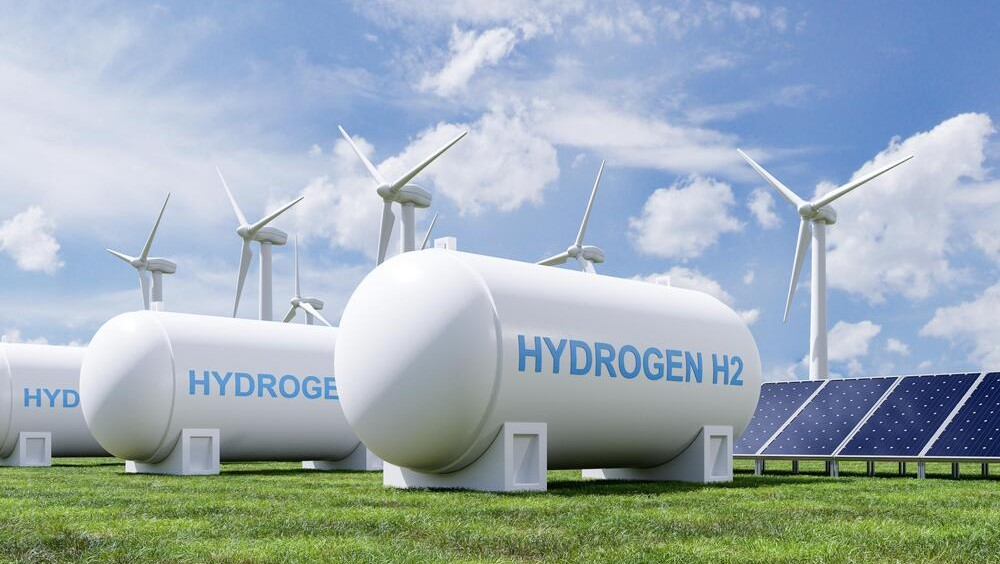A pioneering, all-Australian hydrogen electrolyser technology is getting the chance to prove itself at a commercial scale. If it works, the project has the potential to transform the economics of renewable hydrogen production.
ARENA’s support has helped develop this new technology since it was a concept in a University of Wollongong laboratory. That work saw a spin-off company, Hysata, established to commercialise the development.
Now, Hysata will receive $20.9 million ARENA funding as part of a $47.5 million project. Hysata will build and test a 5 MW system at its new Port Kembla manufacturing facility.
The plan then is to move the entire system to Rockhampton in Queensland, for installation and trials next to the Stanwell Power Station.
Queensland government-owned power company Stanwell Corporation is providing the site and facilities, and also backing the project with $3 million.
Currently, the production cost of renewable hydrogen (using renewable energy) is at least twice that of hydrogen produced from fossil fuels. Hysata says its technology will slash costs and produce hydrogen “well below” a competitive target price of $2 per kilogram (approx. US$1.50/kg).
FYI, if there’s one number you should remember, it is that price of $2 per kilogram. That’s the key to competing with fossil fuel-derived hydrogen and fully unlocking renewable hydrogen’s industrial and energy future.
All electrolysers work by passing an electric current from electrodes through H2O – water. The current splits the water into its two parts, hydrogen and oxygen. That process takes energy.
Now, if the entire process were 100 per cent efficient, all that energy would go into splitting the water. Nothing else.
But, until now, electrolysers have also produced a lot of heat. That’s because, just like an electric heater at home, they have electrical resistance.
The heat generated is not only wasted energy, but it must also be removed. Electrolysers need a lot of cooling and that uses even more energy.
So, if you can reduce resistance, a greater proportion of energy is available to split the water. Also, the system generates far less far less heat, which in turn requires less cooling.
Hysata has tackled the problem by completely redesigning their electrolyser to remove all the main sources of electrical resistance.
It turns out, that means eliminating hydrogen and oxygen bubbles. When bubbles form on the electrolyser’s electrodes, they reduce the surface area available for electrolysis and increase resistance.
In fact, Hysata says it has completely eliminated bubbles from its system and cut electrical resistance to virtually zero. As a result, Hysata says it expects a fully operational electrolyser will stay cool through good air ventilation alone.
The combined effect is what has raised the overall efficiency of a Hysata electrolyser to around 95 per cent. That’s a huge jump on current technologies, which operate with efficiencies closer to 75 per cent.
To put that in context, to make renewable hydrogen competitive with its fossil-fuel derived alternative, the International Renewable Energy Agency (IRENA) in 2020 set an electrolyser efficiency target of up to 85 per cent … by 2050.
Initial development of the system is currently underway, with the field pilot at Stanwell due to commence in 2025.
Tags: Australia, Electrolyser, Hydrogen, Hysata



Recent Posts
Port of Brisbane Unveils Vision 2060 to Drive Smarter, Cleaner, and More Connected Future
Wärtsilä to Deliver Hybrid Propulsion Systems for Vertom Group’s New Low-Emission Vessels
Latvian port receives electric Konecranes Gottwald Mobile Harbor Crane
Sustainable Ocean Economy Vital for Human Development, Says UNDP at UN Ocean Conference
Green Hydrogen Costs in India Could Drop by 40%, Says IEEFA-JMK Report
Cavotec Secures €1.55 Million Shore Power Contract for Port of Antwerp-Bruges
APM Terminals and SANY Marine sign landmark agreement to accelerate decarbonisation
The Port of Gothenburg takes big step towards shore power connection for container and car/RoRo vessels